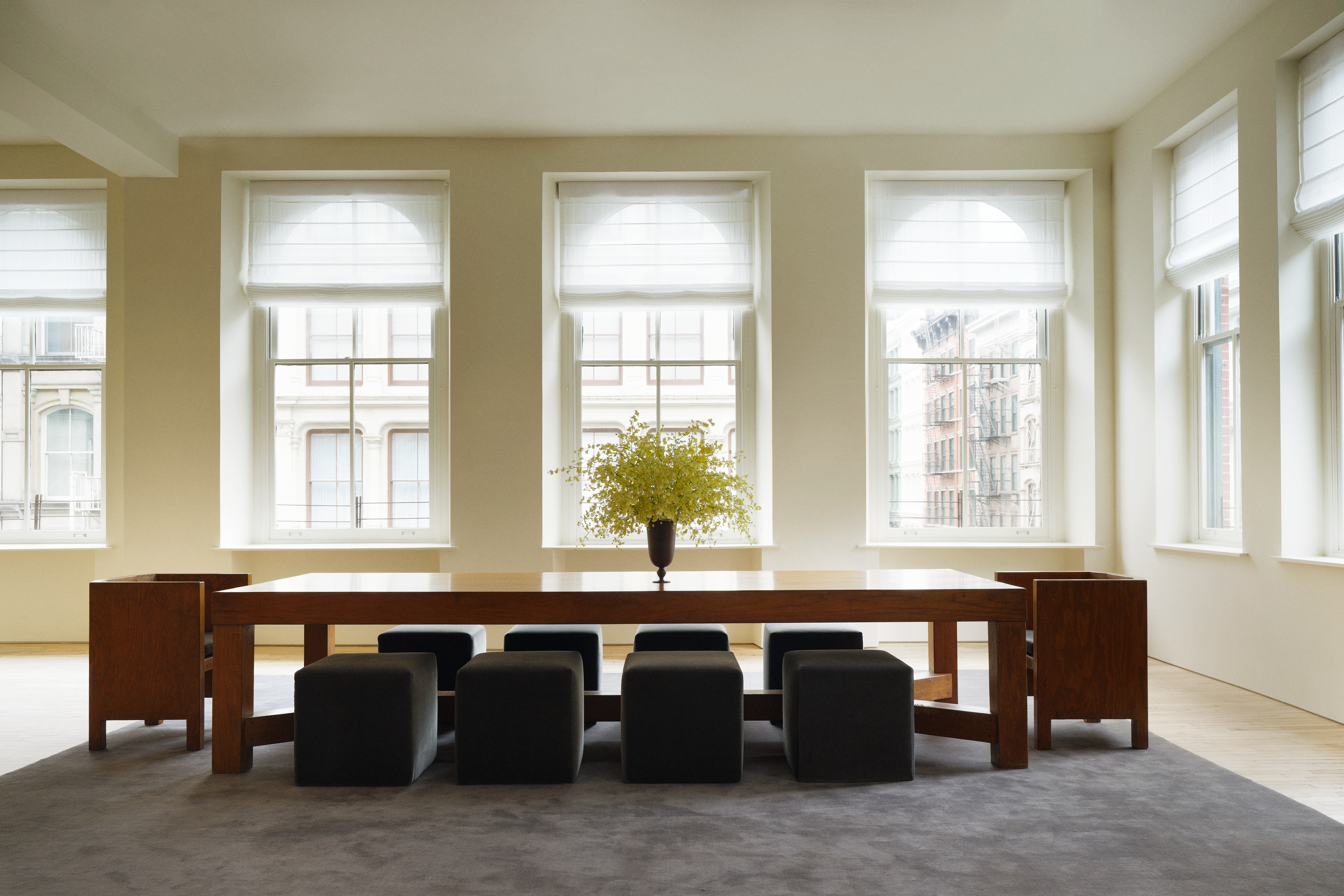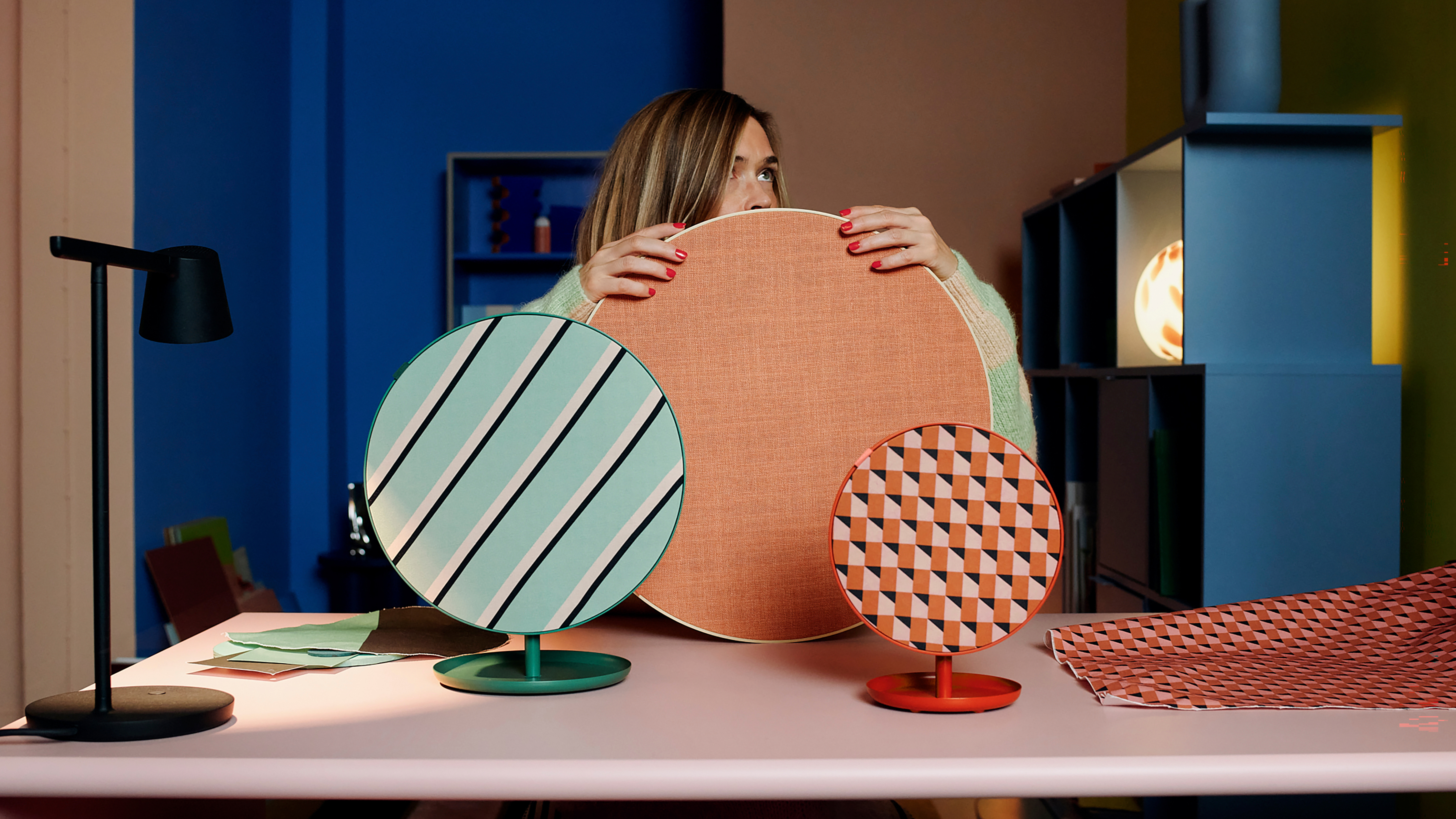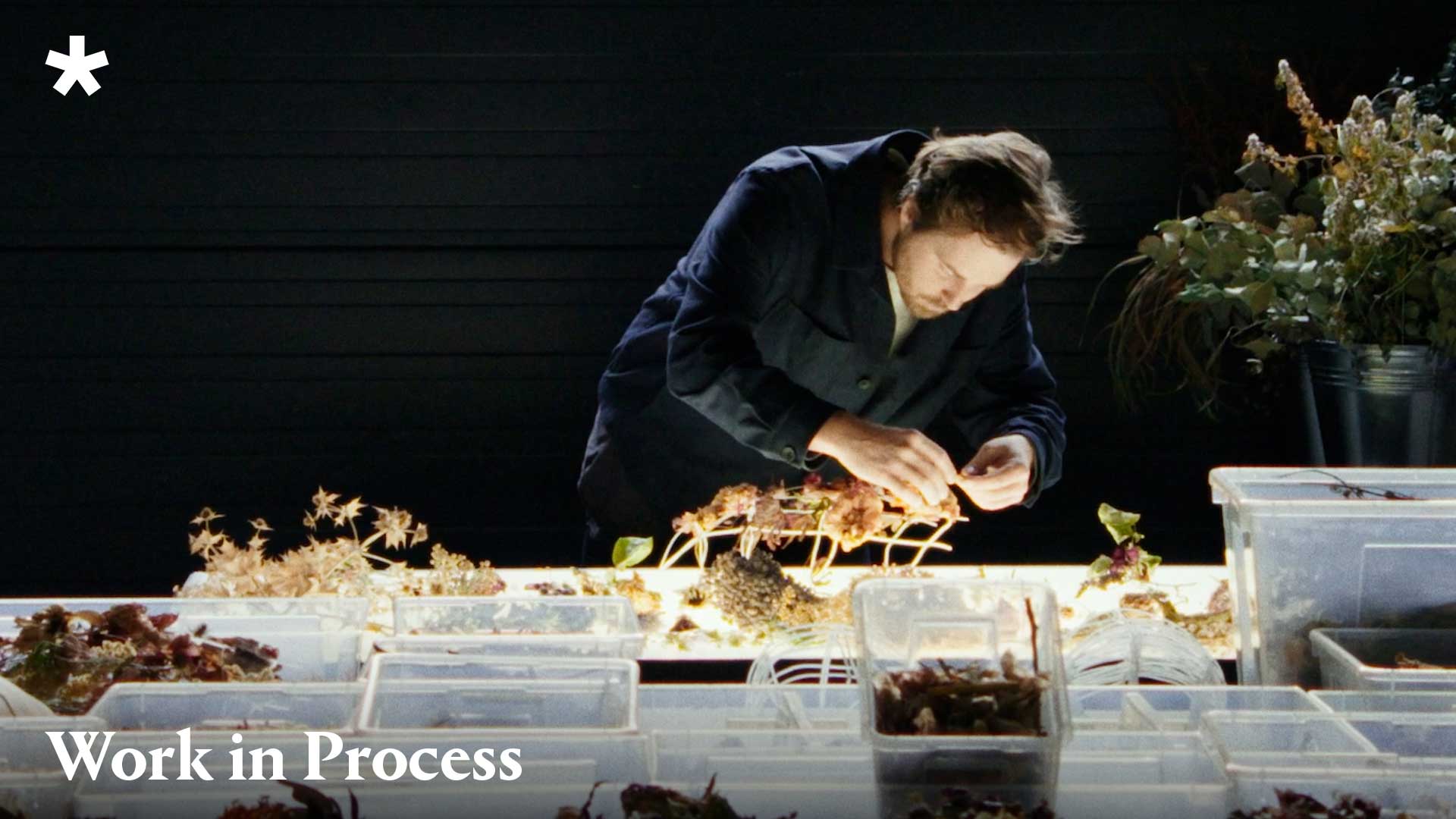Design & Interiors
Travel with us to design weeks and experience refined interior design from across the globe. Get the first look at all-new modern furniture, and contemporary craft every day
Explore Design & Interiors
-
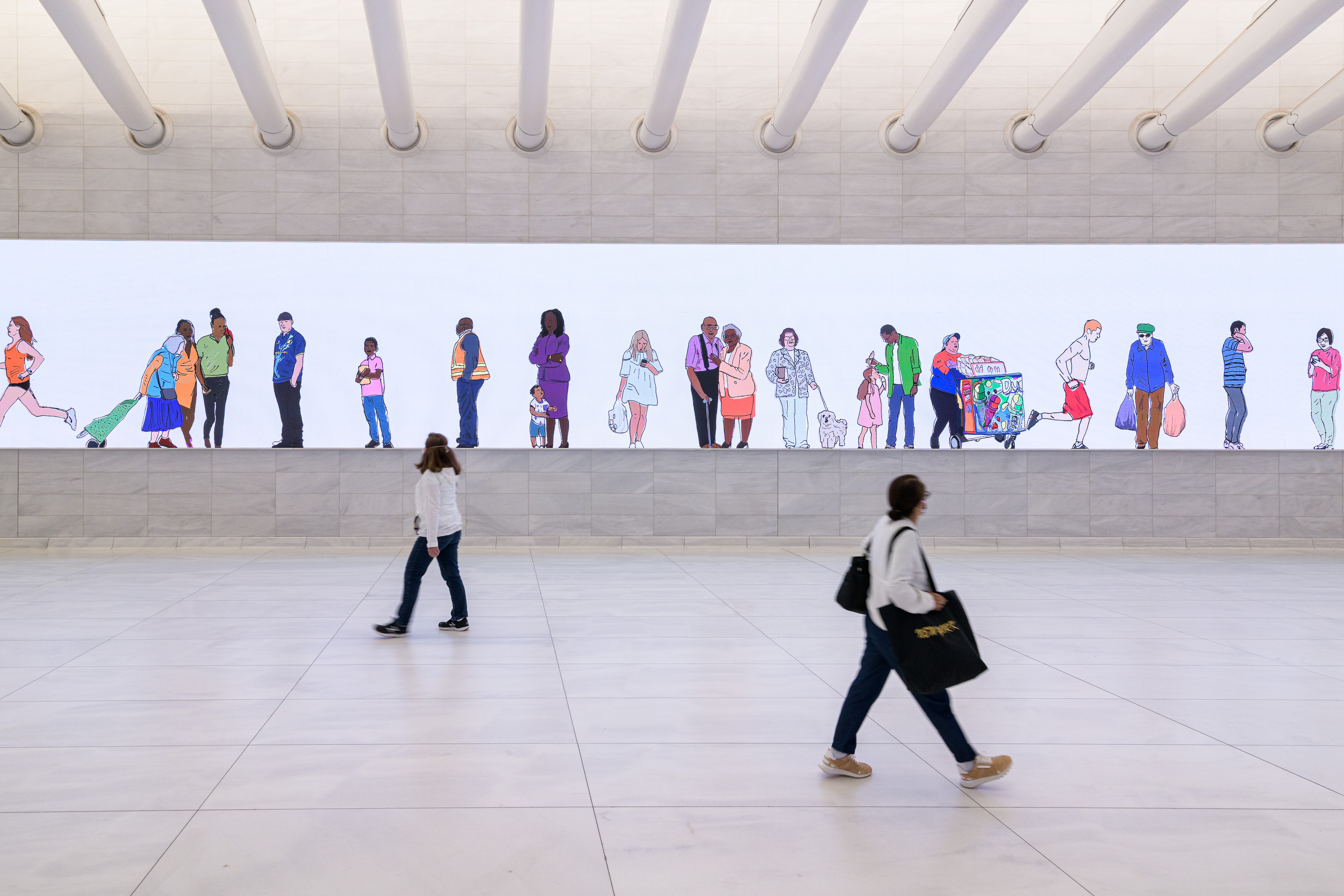
'Design at its most ambitious': meet the 2025 Royal Designers for Industry
The Royal Society for Arts announces the five new Royal Designers for Industry as well as two Honorary Royal Designers for Industry
By Rosa Bertoli Published
-
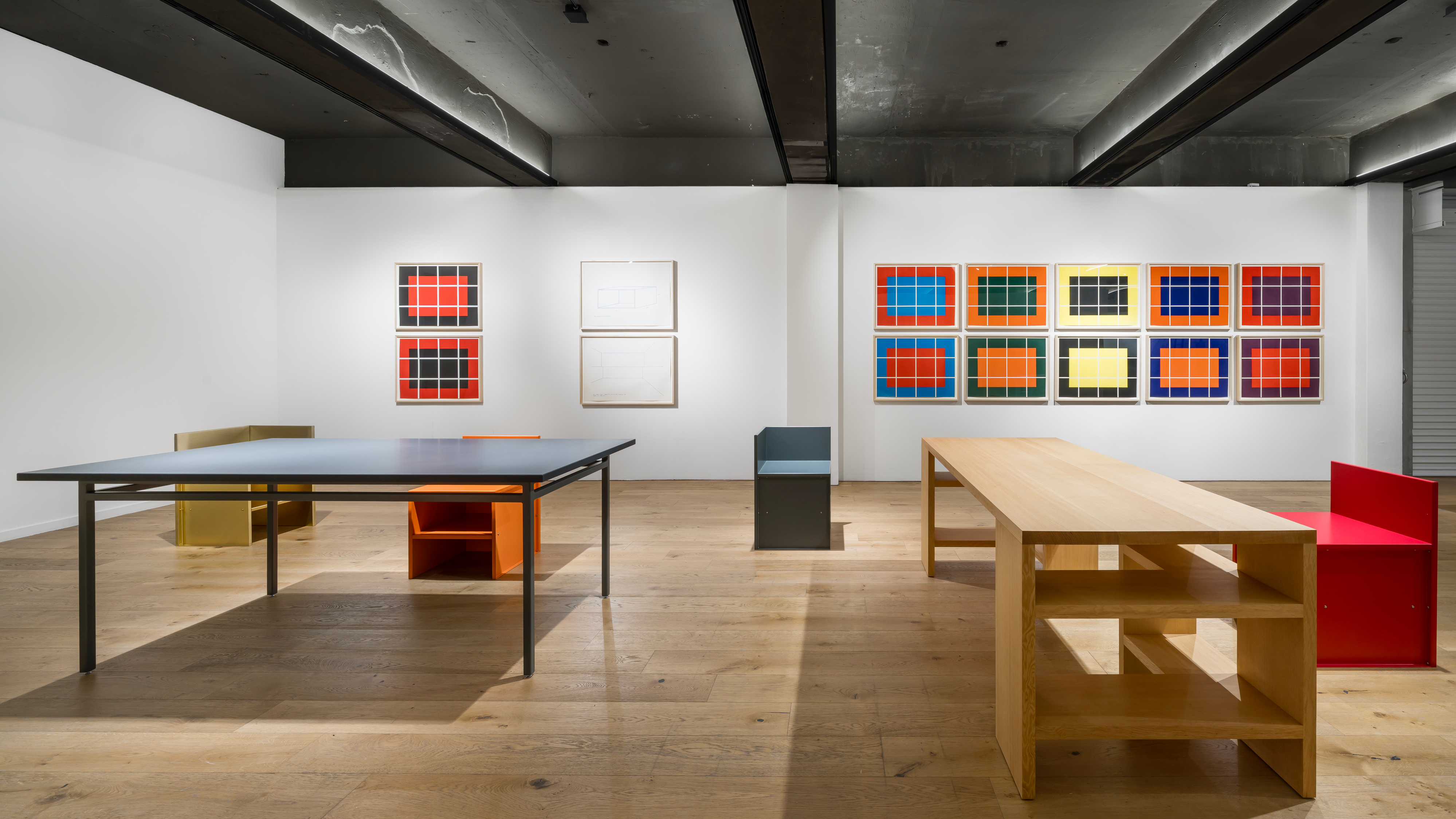
Donald Judd's furniture arrives in South Korea for the first time
At Hyundai Card Storage, a new exhibition curated by Flavin Judd brings together thirty-eight furniture designs by the artist, revealing how his thinking on proportion, materials and use shaped everyday space
By Ali Morris Published
-

Little gift ideas from the Wallpaper* editors
These micro icons, from design and beauty pieces to tech and fashion, are ideal for filling stockings this festive season
By Tianna Williams Last updated
-
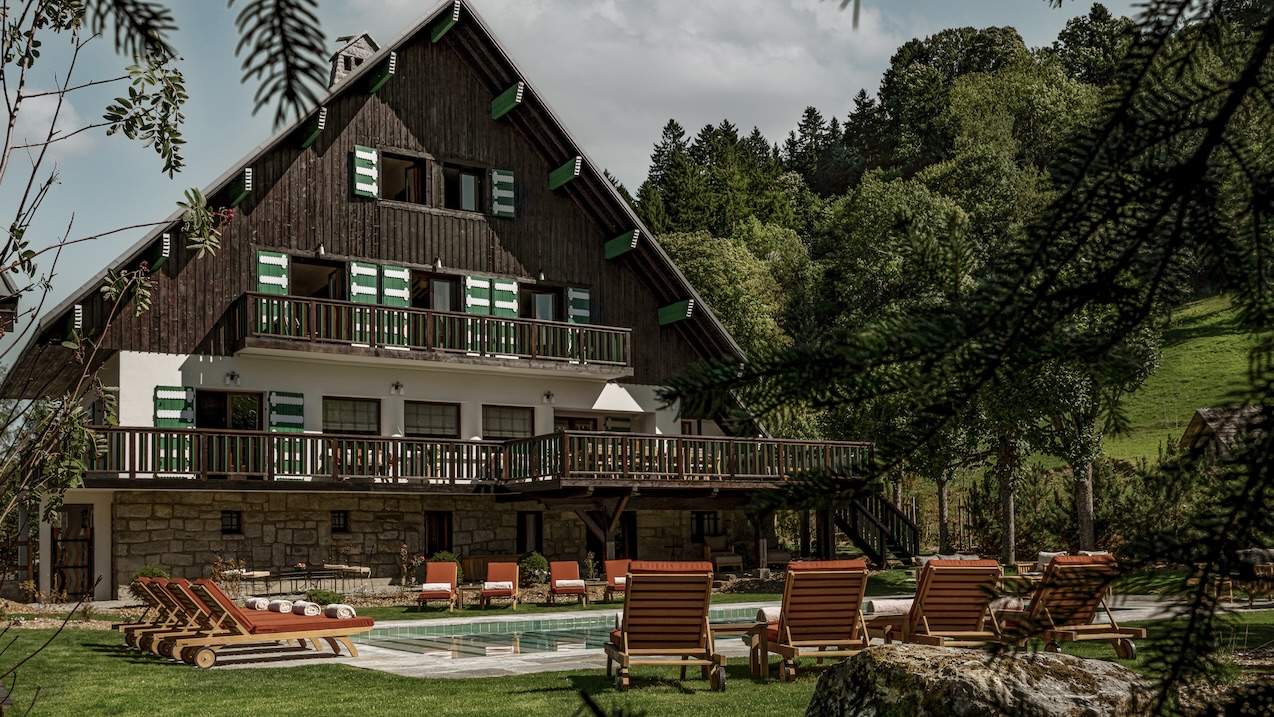
This Alpine chalet rejects the ‘modern ski’ aesthetic to embrace art deco
Originally designed by architect Henry Jacques Le Même, a key figure in shaping the Alpine style, Le Sarto in Megève, France, has been captivatingly transformed by interior architecture studio Claves
By Anna Solomon Published
-

How Constanza Vallese distilled Fendi's codes into a collection of furniture for Design Miami
Constanza Vallese’s lily-studded salon for Fendi at Design Miami 2025 (2-7 December) celebrates legacy, creativity and craftsmanship through five artisanal collaborations
By Rosa Bertoli Published
-
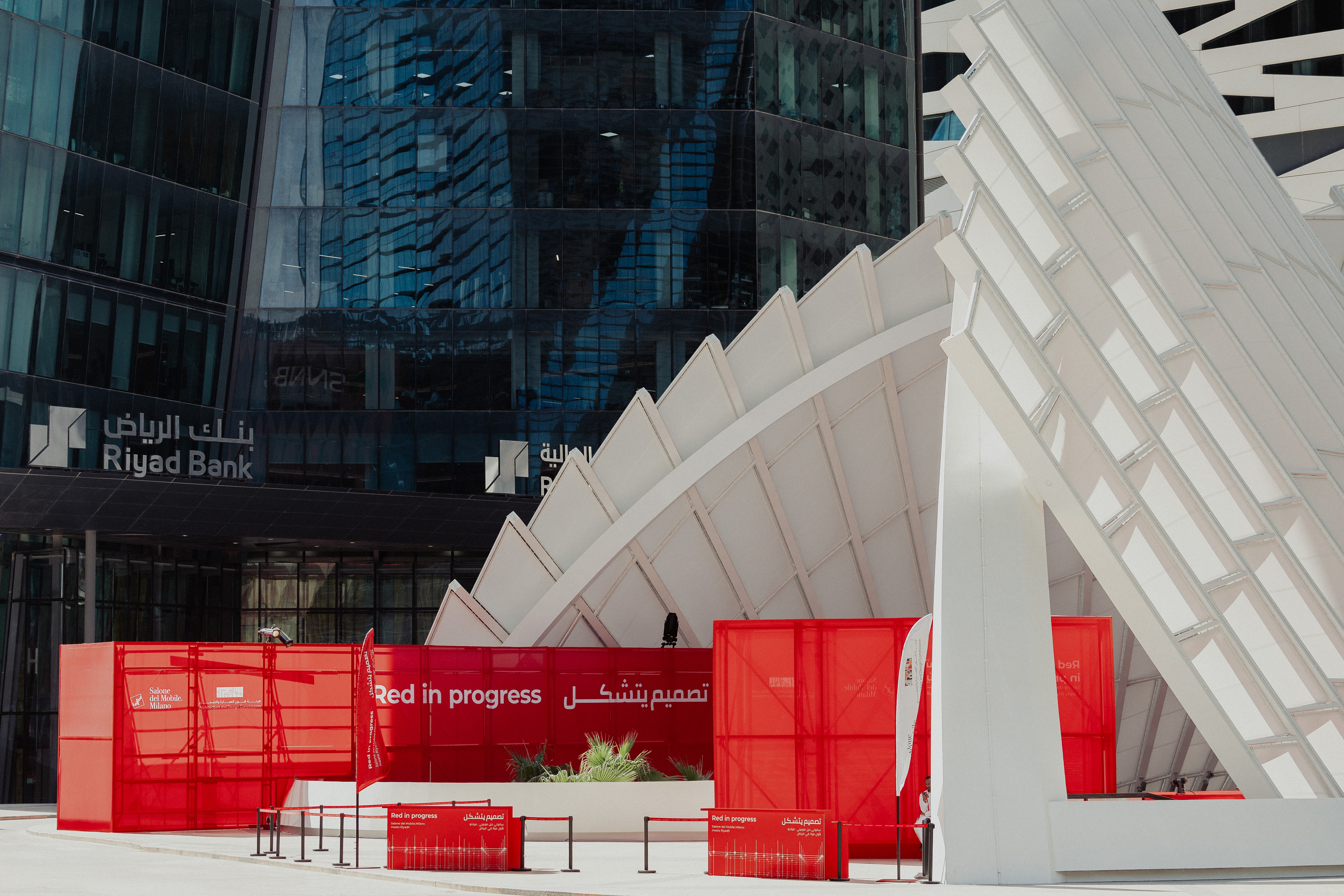
‘Locally anchored and globally conversant’: Salone del Mobile debuts in Saudi Arabia
Salone del Mobile lands in Riyadh (26-28 November 2025), bringing its creative and manufacturing know-how to one of the world’s fastest-growing markets and setting the stage for Italo-Saudi design relations
By Ifeoluwa Adedeji Published
-
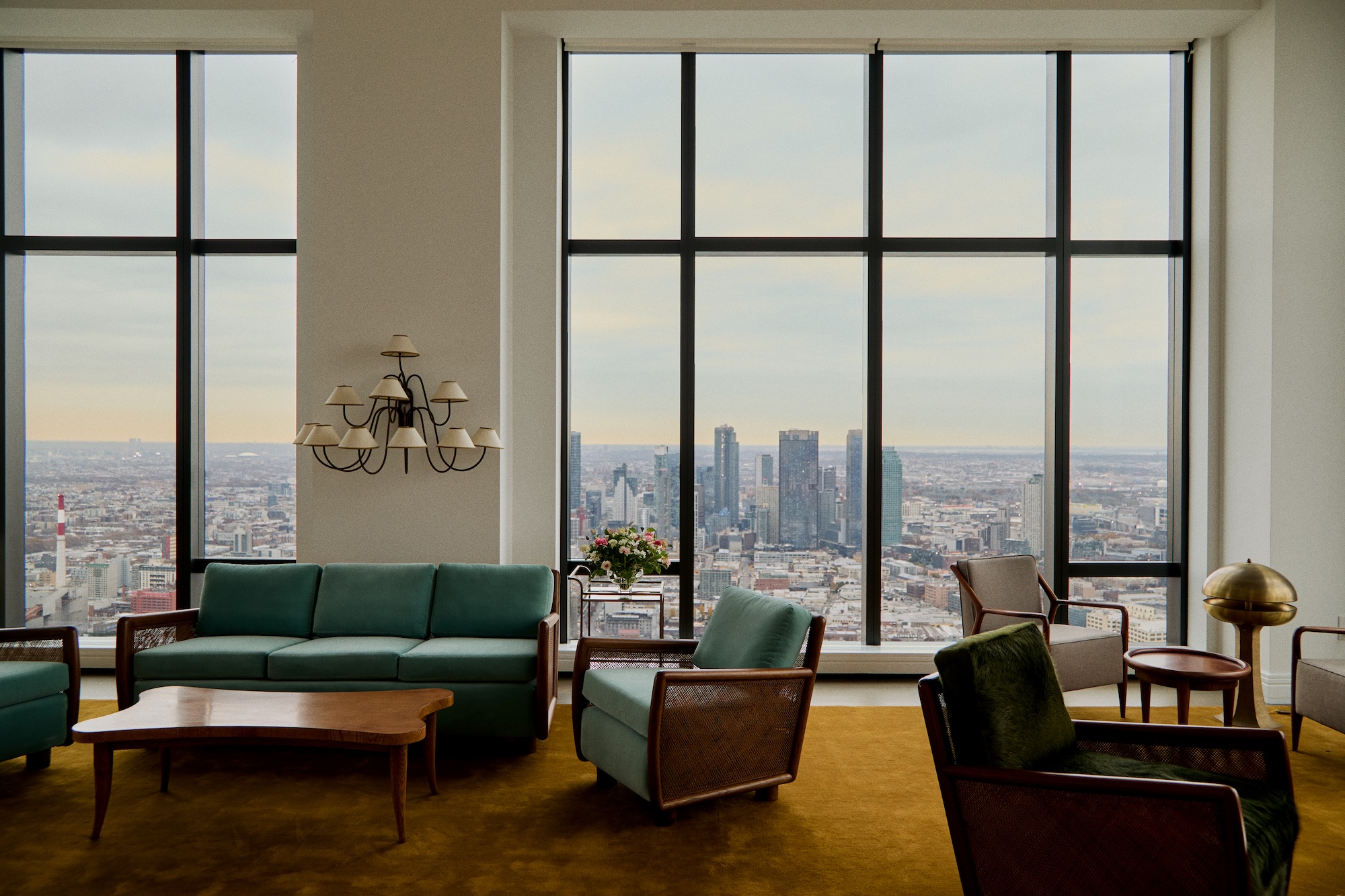
A breathtaking exhibition celebrating modernism’s transatlantic ties soars above Manhattan
Curated by interior designer Andre Mellone, 'Crossed Trajectories' at Galerie Gabriel's penthouse explores connections between nomadic post-war creatives Jean Royère, Roberto Platé and more
By Dan Howarth Published
-
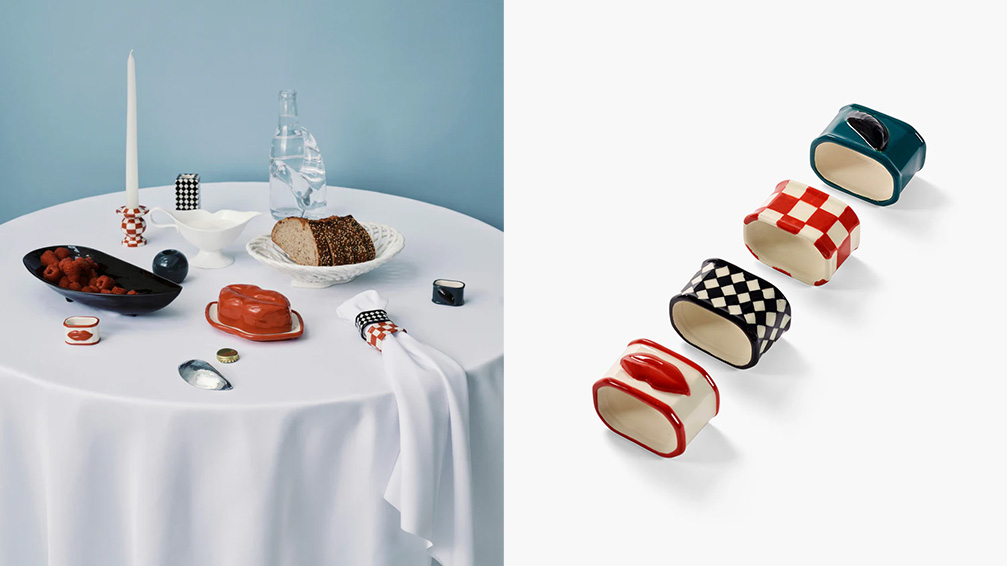
Sculptural, design-led napkin rings for festive tables
The simple napkin ring harbours the potential to bring a stylish punch of personality to any table setting
By Anna Solomon Published
-
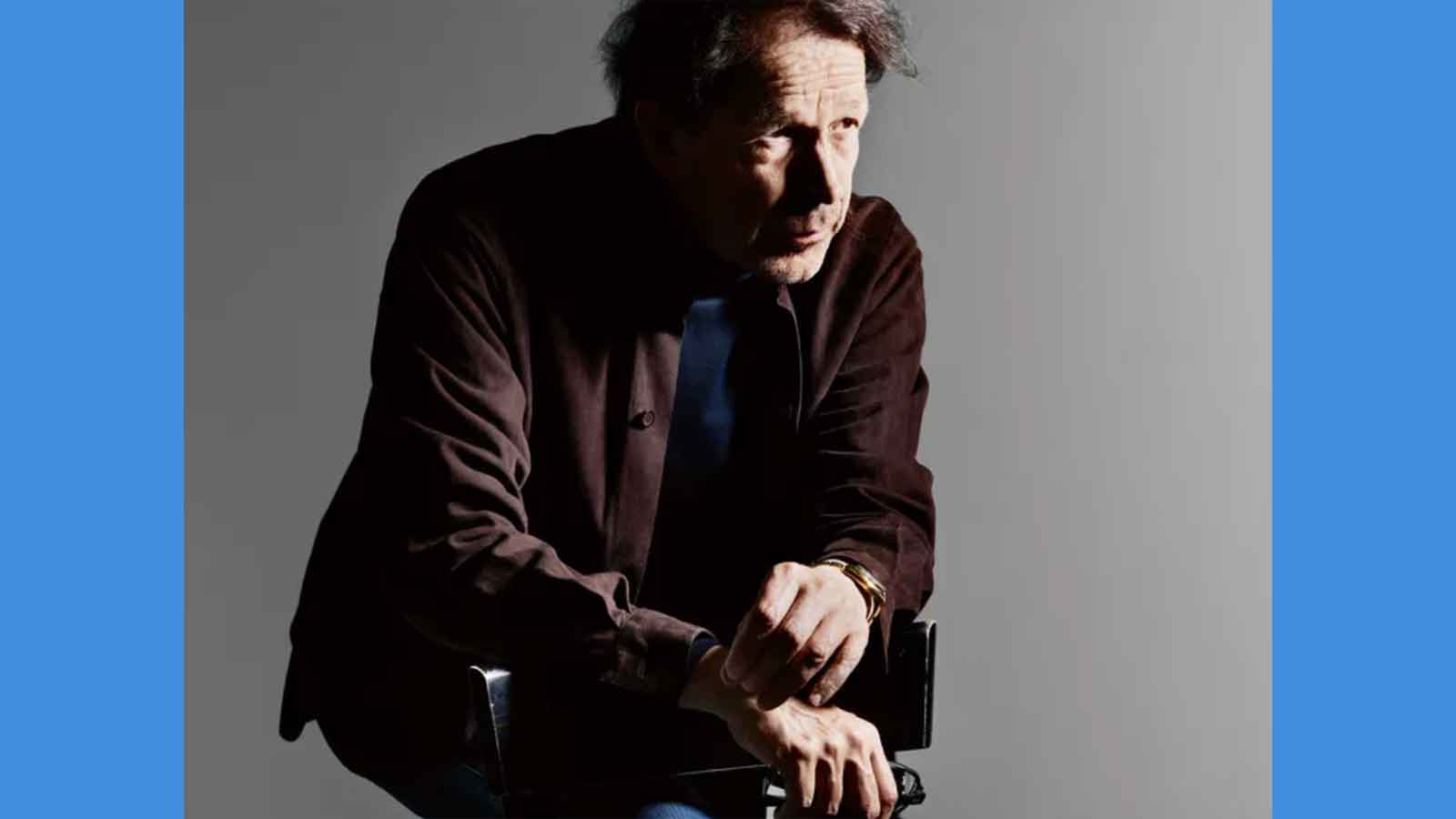
How Peter Saville came to art direct the best of contemporary culture
From Peter Saville's first steps with Factory Records and legendary album designs to his later work in art and fashion: we chart the history of the British art director
By Jonathan Bell Published
-
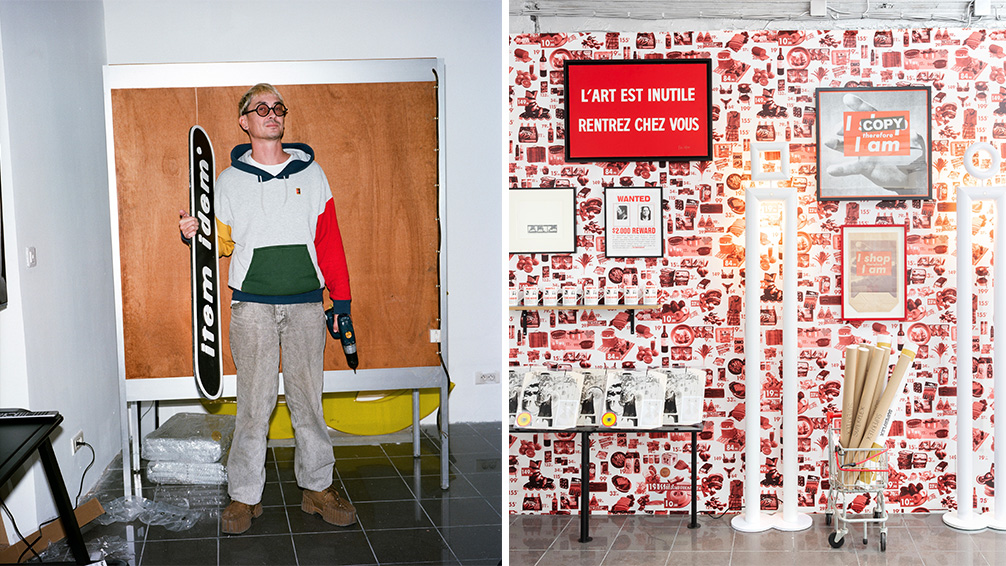
Is this Paris' most design-focused holiday shop?
Shop weird and wonderful design and fashion at this playful, postmodern exhibition from Item Idem, where commerce, culture and humour intersect
By Anna Solomon Published
-
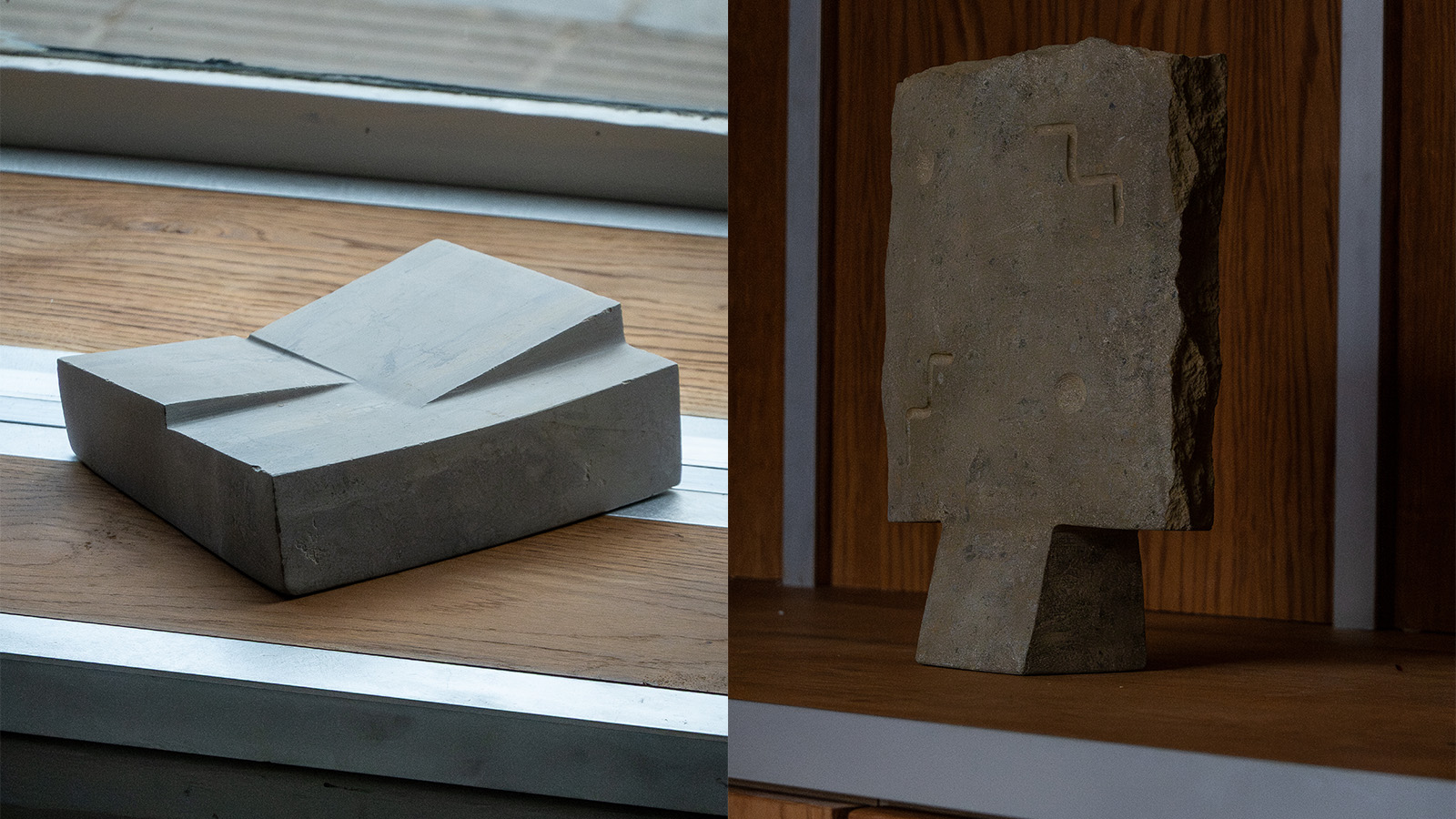
Samuel Collins’ stone sculptures capture the raw and rugged nature of the British landscape
The British artist and sculptor presents 'Silence Split', a series of stone sculptures which presents an abstract take on the horizontal and vertical landscape
By Tianna Williams Published
-
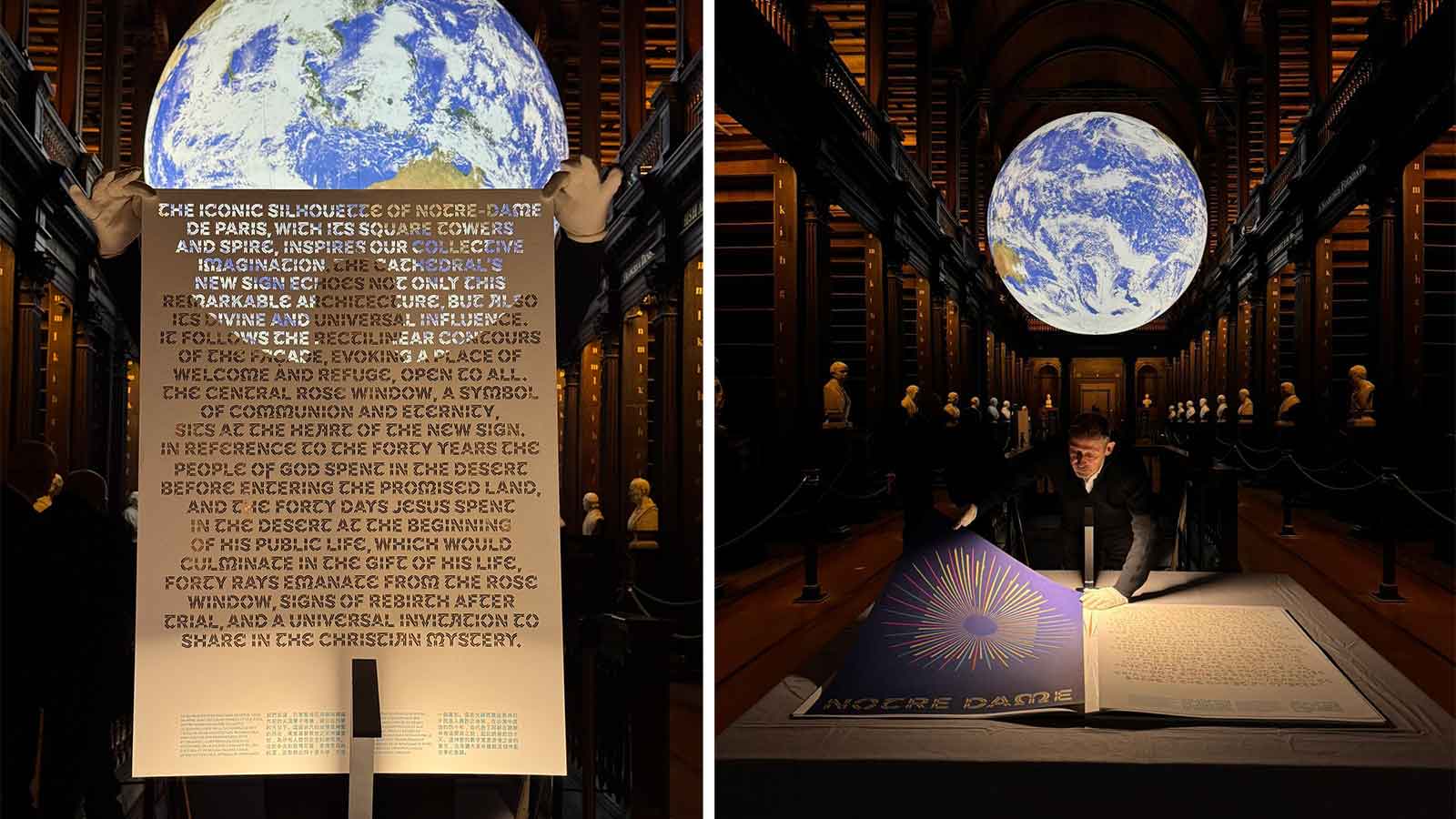
A postcard from Irish Design Week 2025
How Ireland's collaborative design culture, from Kilkenny's 60-year legacy to island circularity offers an expansive model for the future
By Laura Havlin Published
-
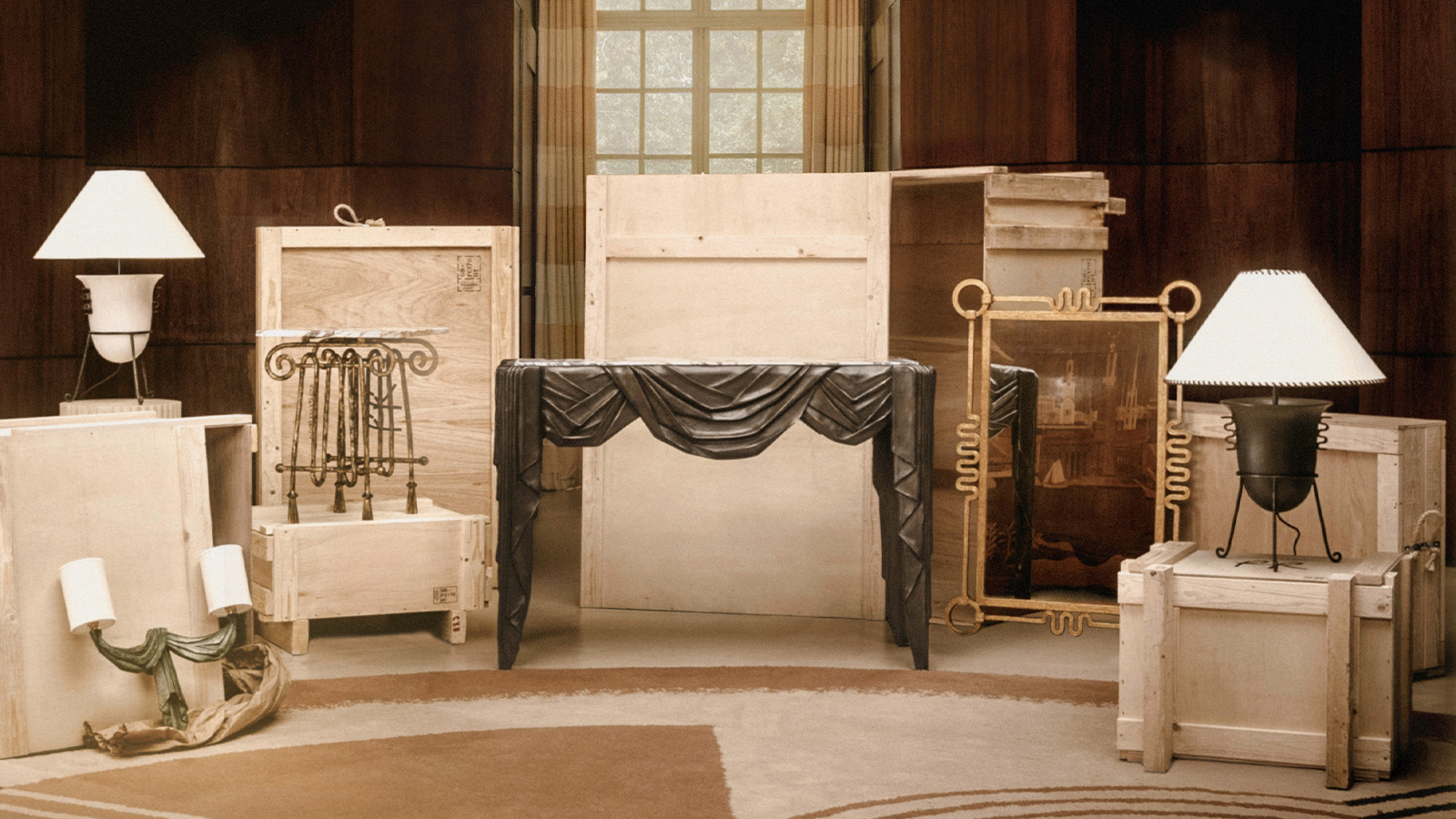
Gergei Erdei’s furniture collection with Porta Romana is inspired by treasured family heirlooms
Working closely with the British furniture and lighting company, artist and designer Gergei Erdei drew inspiration from his grandmother’s jewellery box to create a furniture collection that has an air of antiquity
By Tianna Williams Published
-
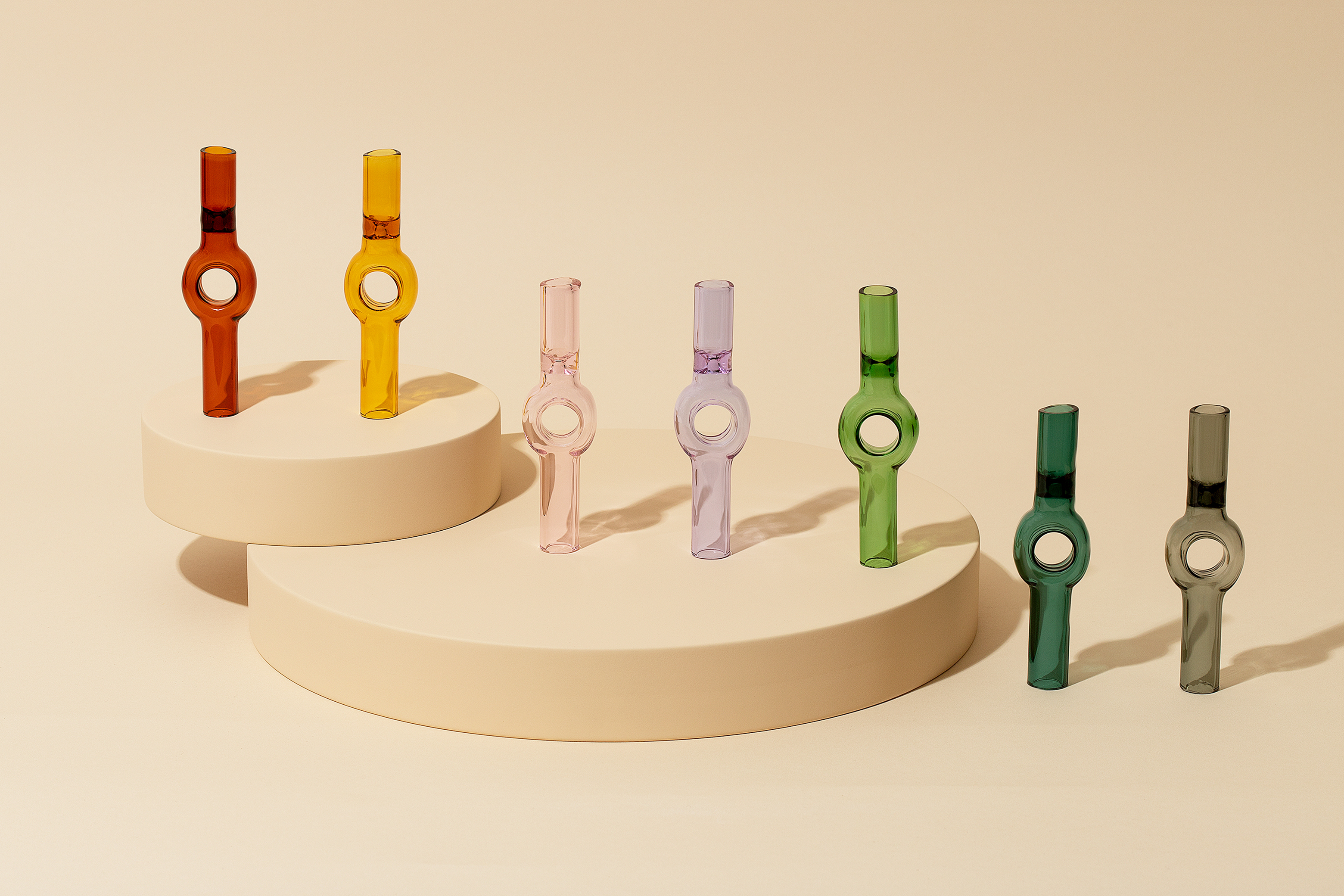
Discover the brands redefining the marijuana experience through design
Contemporary brands have made efforts to redesign the experience of marijuana: these the names to look out for
By Rosa Bertoli Last updated
-
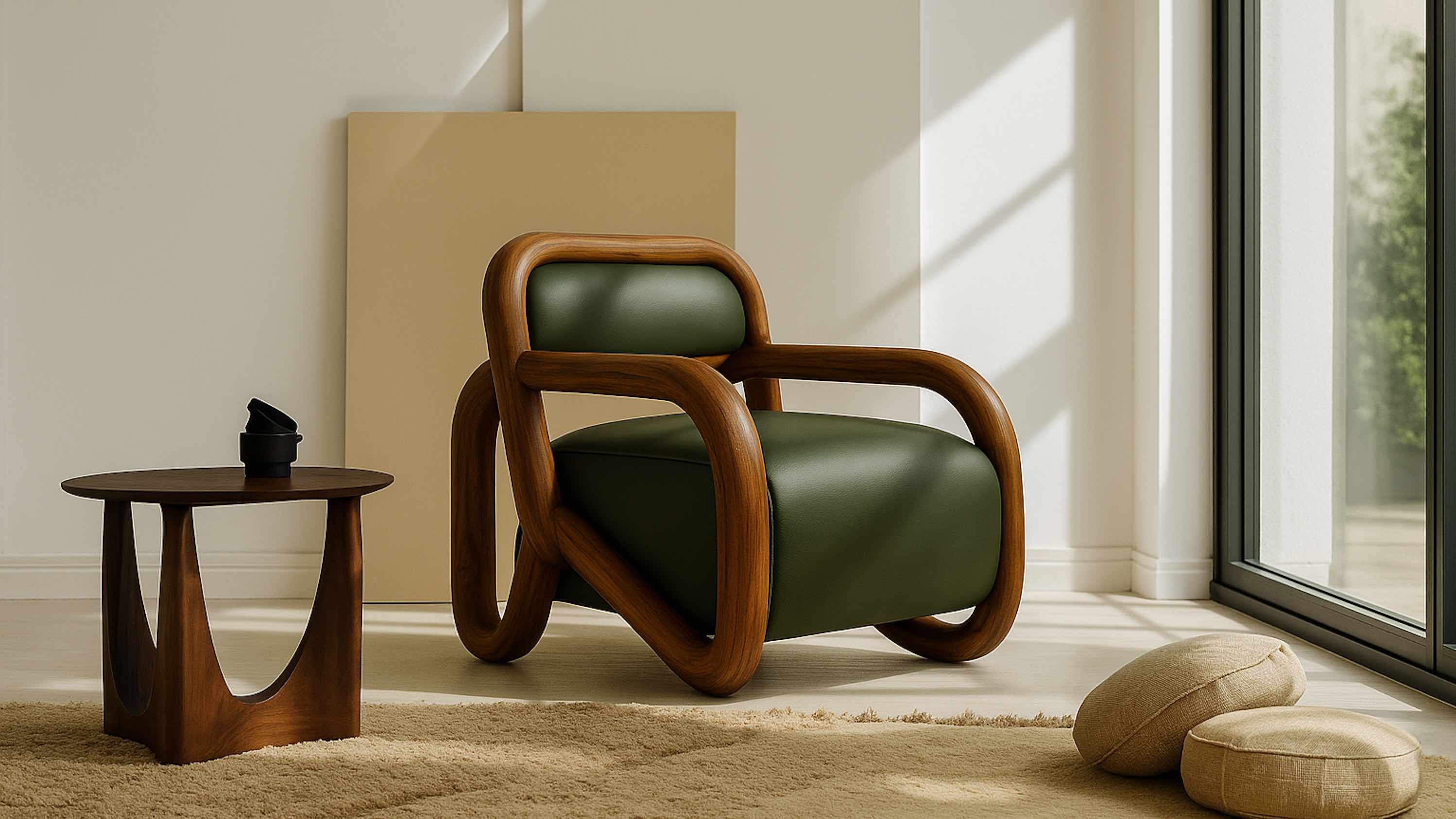
Five women-led studios reshaping Indian creativity at Design Mumbai 2025
Design Mumbai 2025 opens 26-29 November – Wallpaper* meets five women-led local brands exhibiting at this year's show
By Ali Morris Published
-
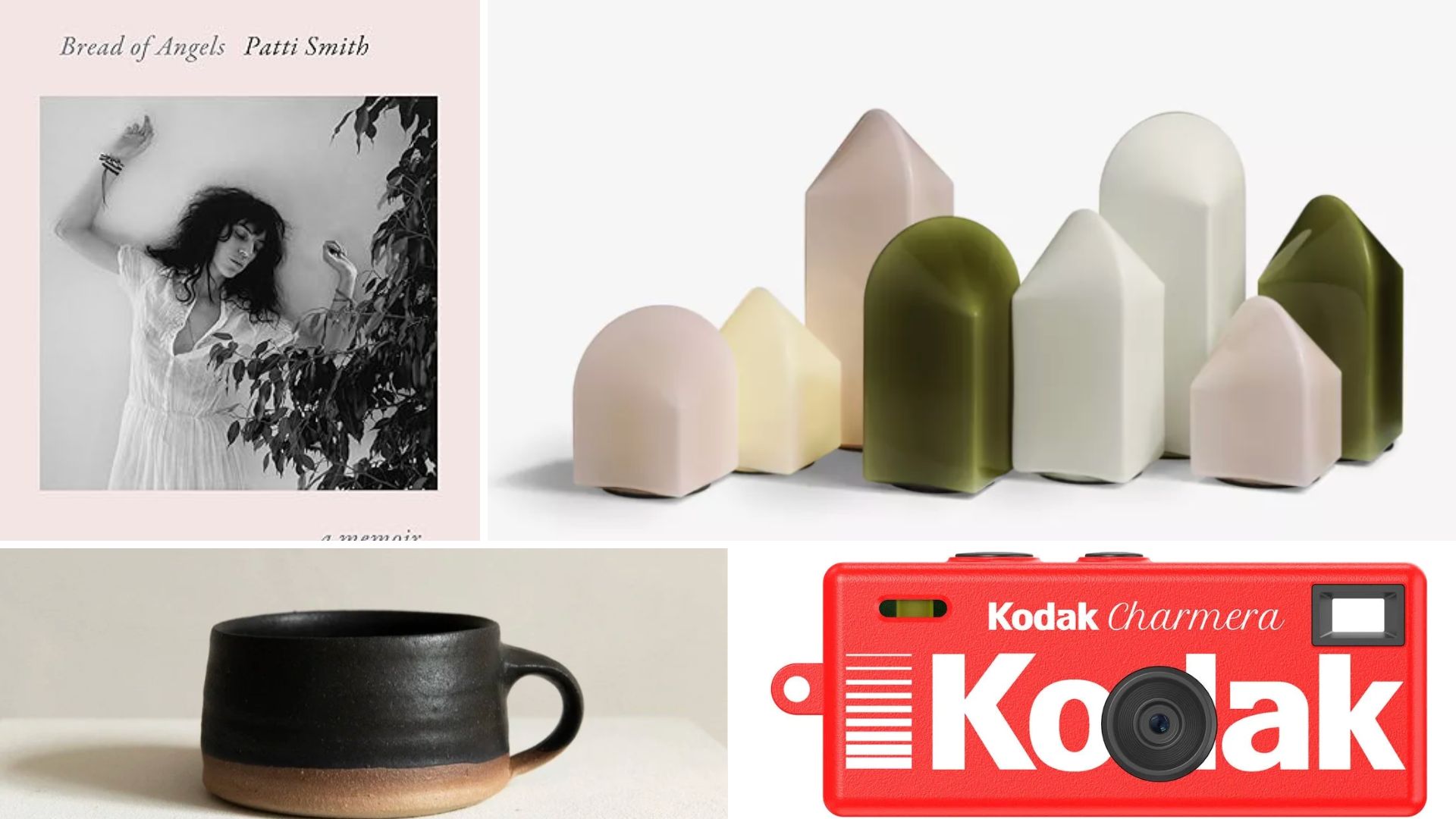
Wallpaper* Gift Guides: What our director of digital content, Charlotte Gunn, has on her wishlist this year
From the year's most-anticipated music biography to stacks of vinyl, these goodies will help you unwind and unplug
By Charlotte Gunn Published
-
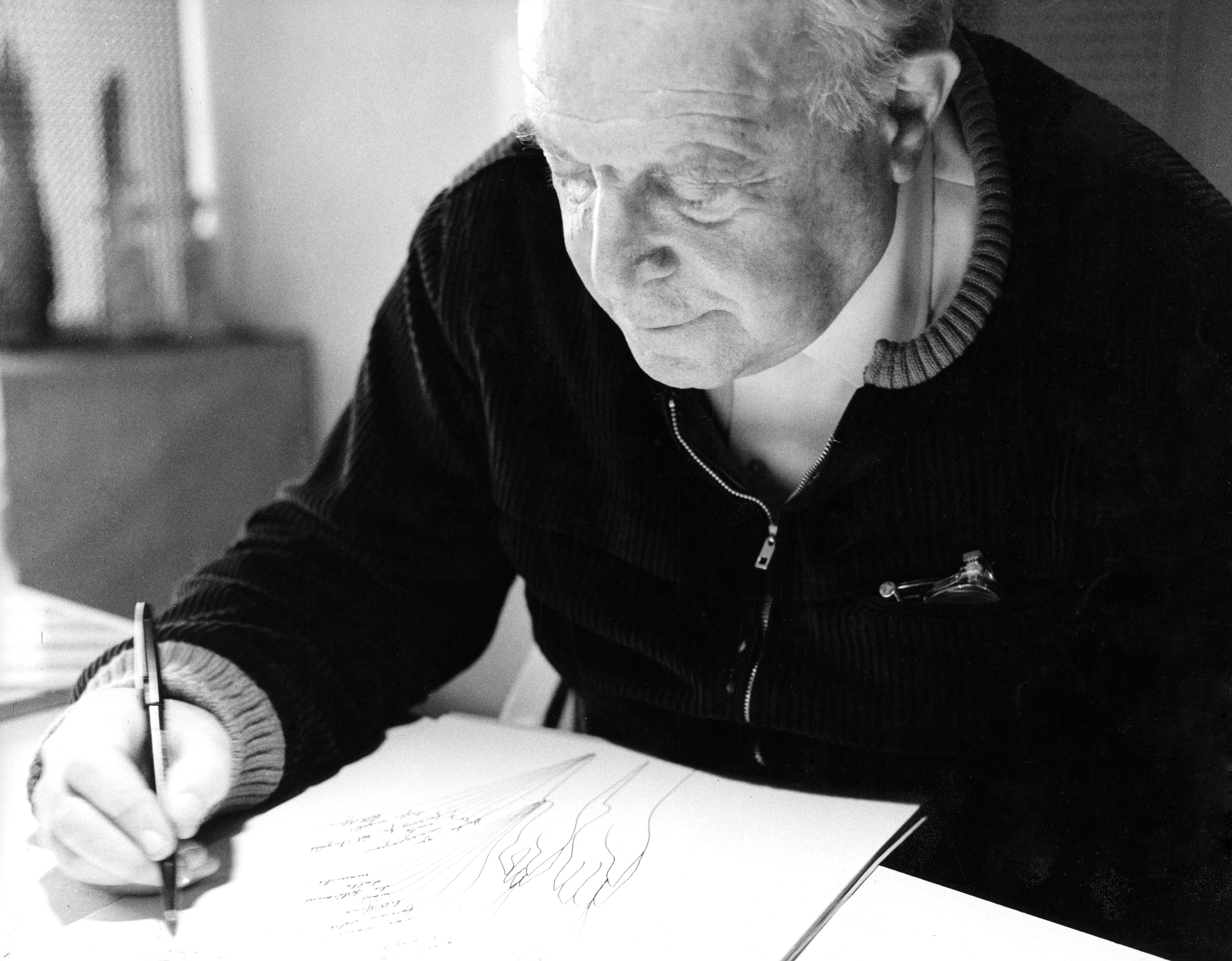
Gio Ponti: the complete visionary
Architect, designer, writer and eternal optimist, Gio Ponti brought light, colour and joy to the modern world – uniting Italy's artistic past with its industrial future.
By Ali Morris Published
-
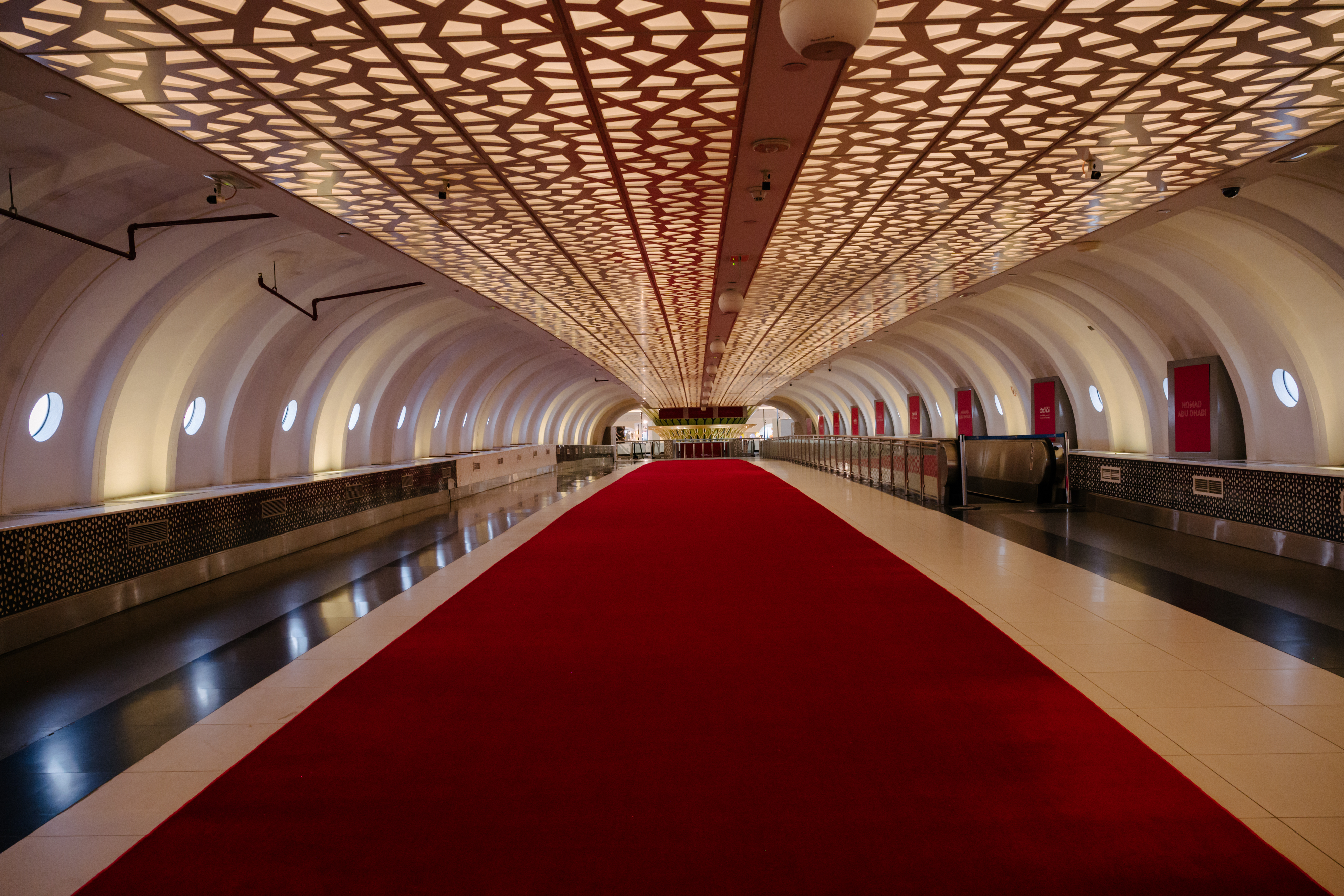
Itinerant design fair Nomad lands in Abu Dhabi's Zayed International Airport
Nomad brings new life to an iconic Abu Dhabi building, marking a new point of arrival (or departure?) for collectible design in the region
By Cristina Kiran Piotti Published
-

Aussie vibes meet Parisian grandeur? This Sydney apartment pulls off the unlikely combination
Longtime clients of Dylan Farrell Design trusted the studio to go bold with the gut renovation of their Sydney flat – now an intriguing study in contrasts
By Anna Solomon Published
-
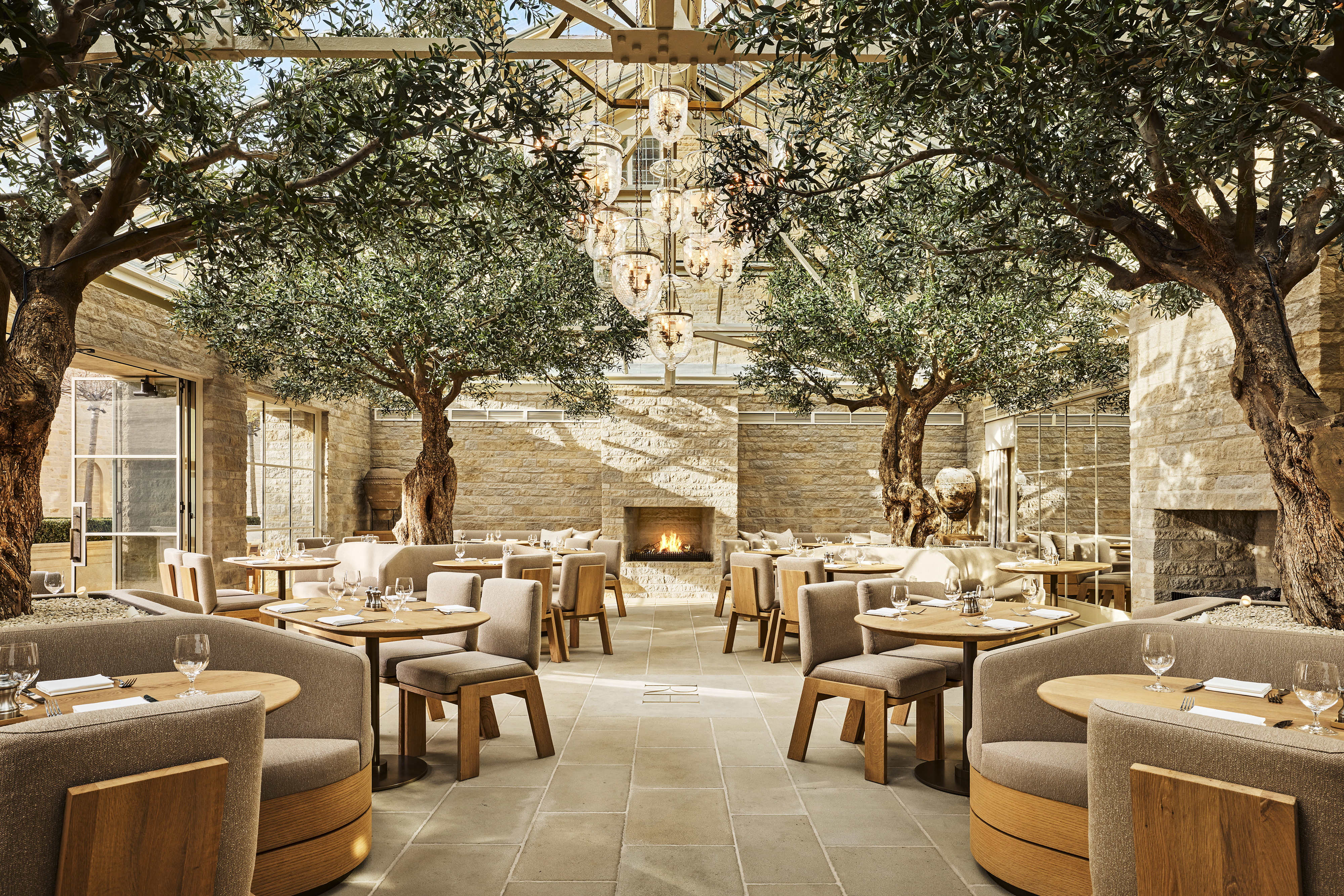
Inside the new Conservatory at RH England, Aynho Park
RH unveils a conservatory dining space at its English estate and design showcase, featuring a bespoke chandelier designed by Anouska Hempel
By Rosa Bertoli Published
-
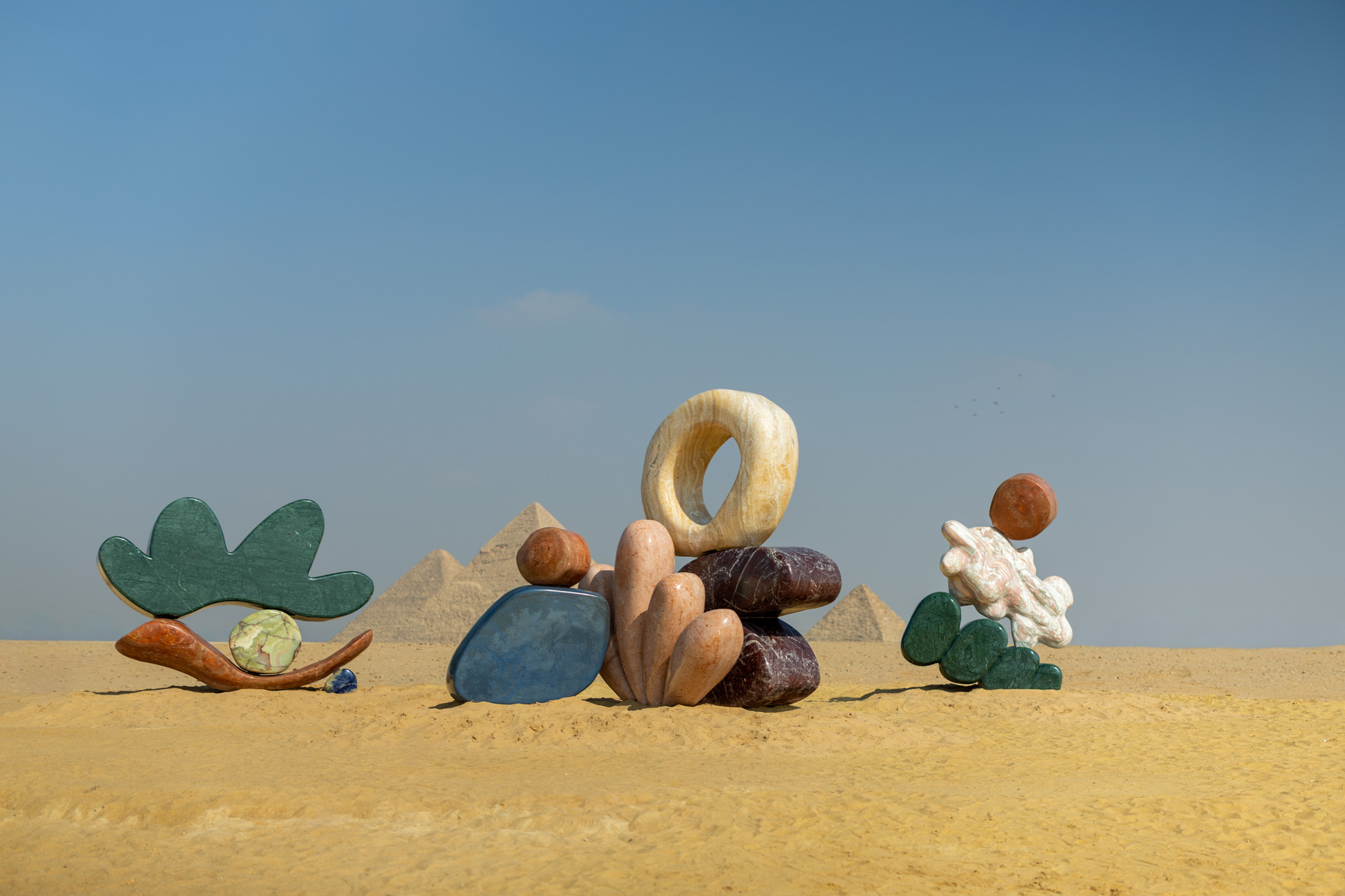
The Pyramids have a rival – monumental stone sculptures pop up in Giza
On the Giza Plateau, as part of Art d’Egypte’s ‘Forever is Now 05’, Studio Proba and SolidNature unveil sculptures celebrating geological colour, structural ingenuity and calibrated form
By Reeme Idris Published
-
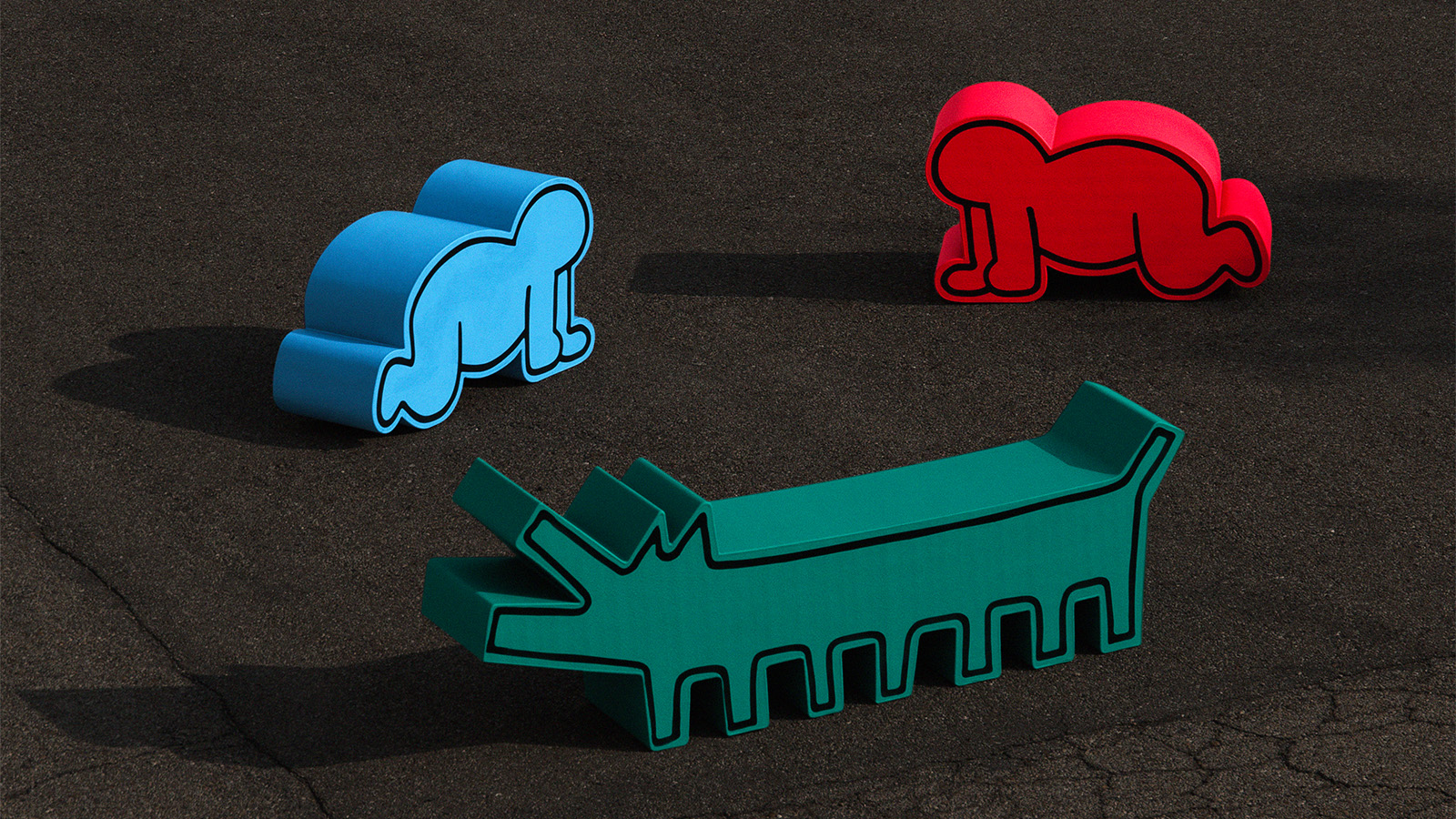
You can soon buy Keith Haring's Luna Luna carousel seats
Gufram has partnered with the Keith Haring Foundation to reissue two of Haring's carousel seats from the 1980s theme park
By Tianna Williams Published
-

Brit Awards 2026 reveal trophy design by Matthew Williamson
The Brit Awards 2026 will take place in Manchester on 28 February: here’s a first look at the awards trophy, designed by Mancunian designer Matthew Williamson
By Rosa Bertoli Published
-
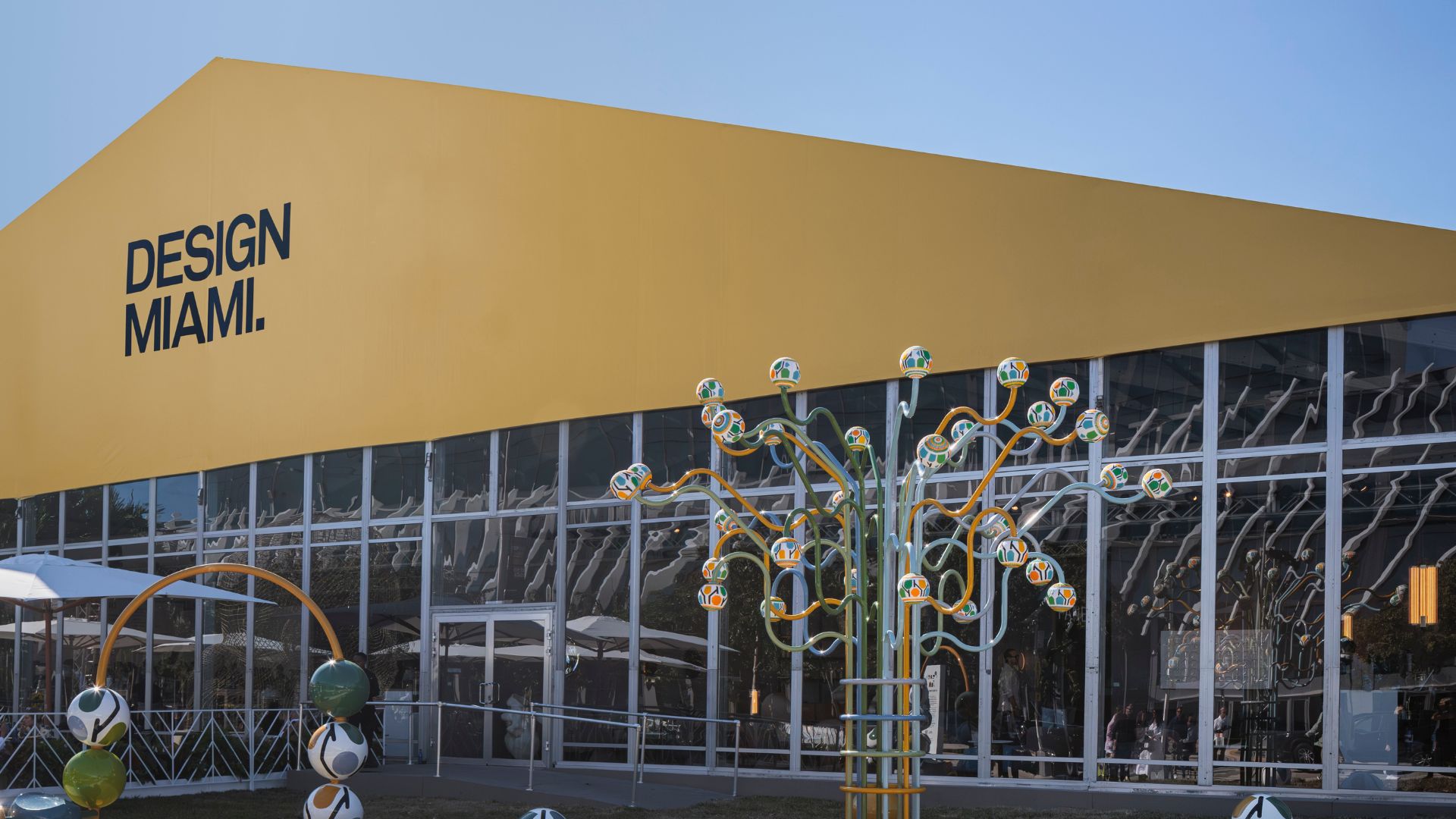
Everything you need to know about Design Miami 2025
The collectible design fair returns to Miami Beach in December for its 21st edition, alongside a vast array of art and cultural events across the city
By Dan Howarth Published
-
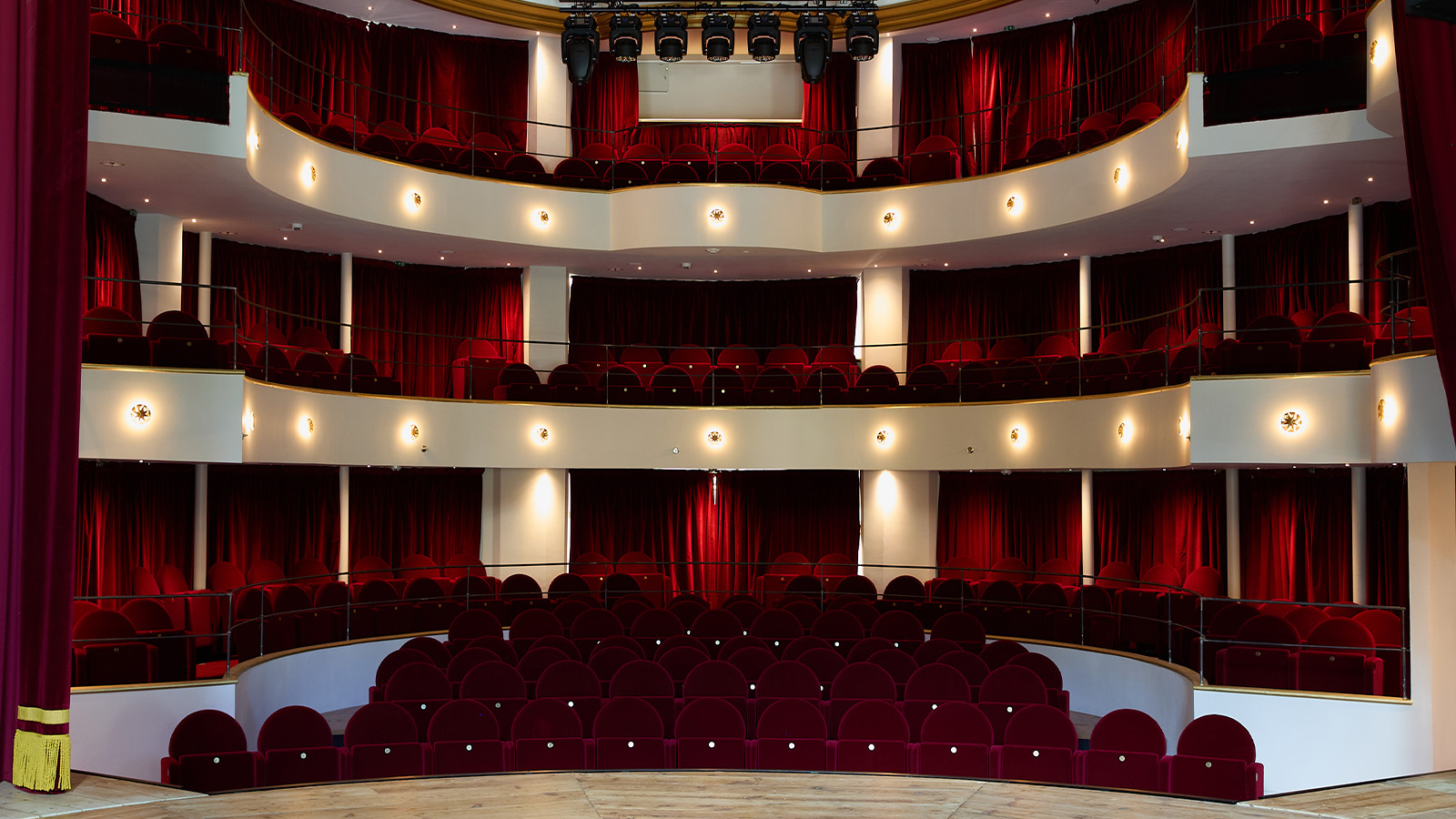
A restored 1950s Rome theatre raises its curtain in collaboration with Poltrona Frau
Teatro della Cometa was given a refresh by architect Fabio Tudisco, with new seating by Poltrona Frau to accommodate contemporary viewing
By Tianna Williams Published
-
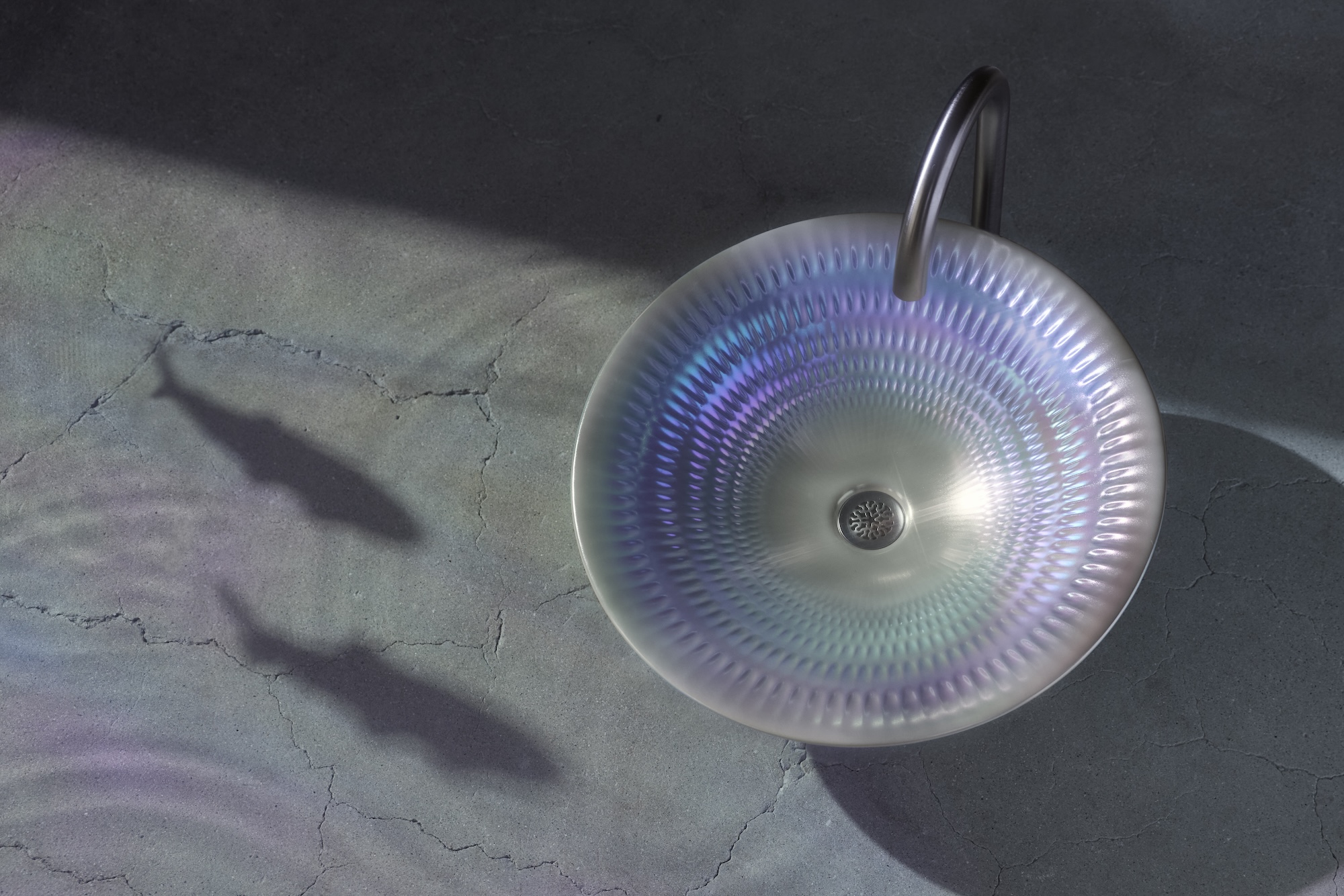
Kohler unveils ‘Pearlized’, an iridescent new bathroom finish with an under-the-sea backstory
Artist David Franklin was inspired by glimmering fish scales and sunsets for this mesmerising debut
By Anna Fixsen Published
-
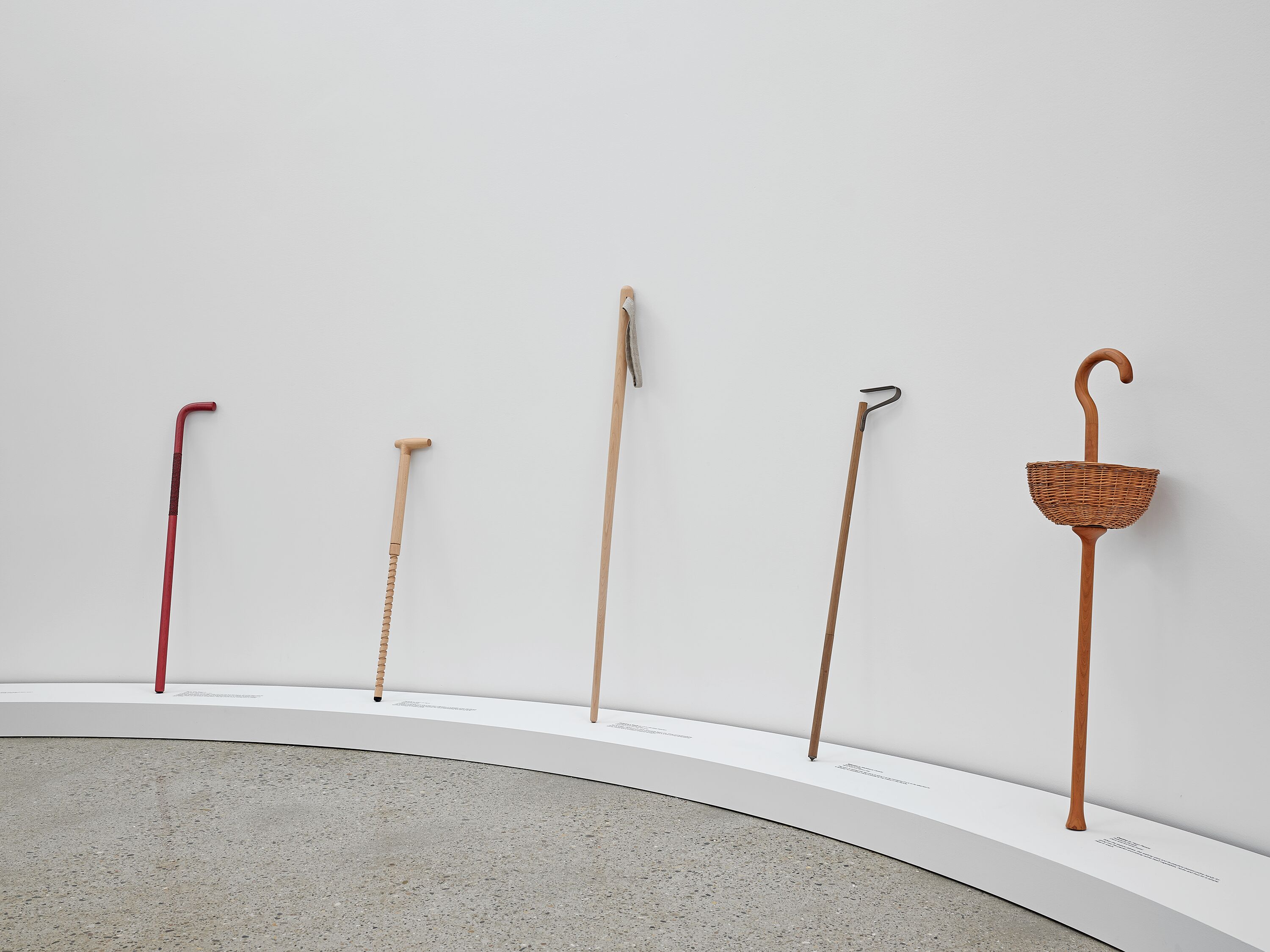
MillerKnoll's renovated flagship in New York opens doors to design experiences
The new MillerKnoll New York gallery space makes its debut with Keiji Takeuchi’s ‘Walking Sticks & Canes’ exhibition, supported by Triennale Milano
By Rosa Bertoli Published
